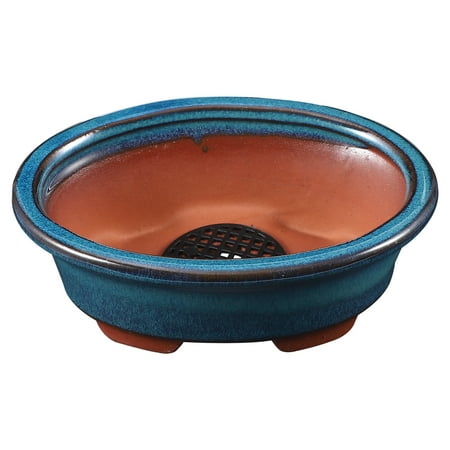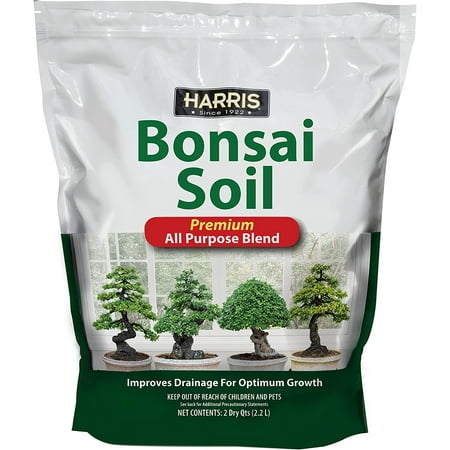Bougainvillea in miniature – with a little patience, anyone can grow these vibrant plants in bonsai form
Growing bougainvillea bonsai trees can add impact to even the smallest of spaces
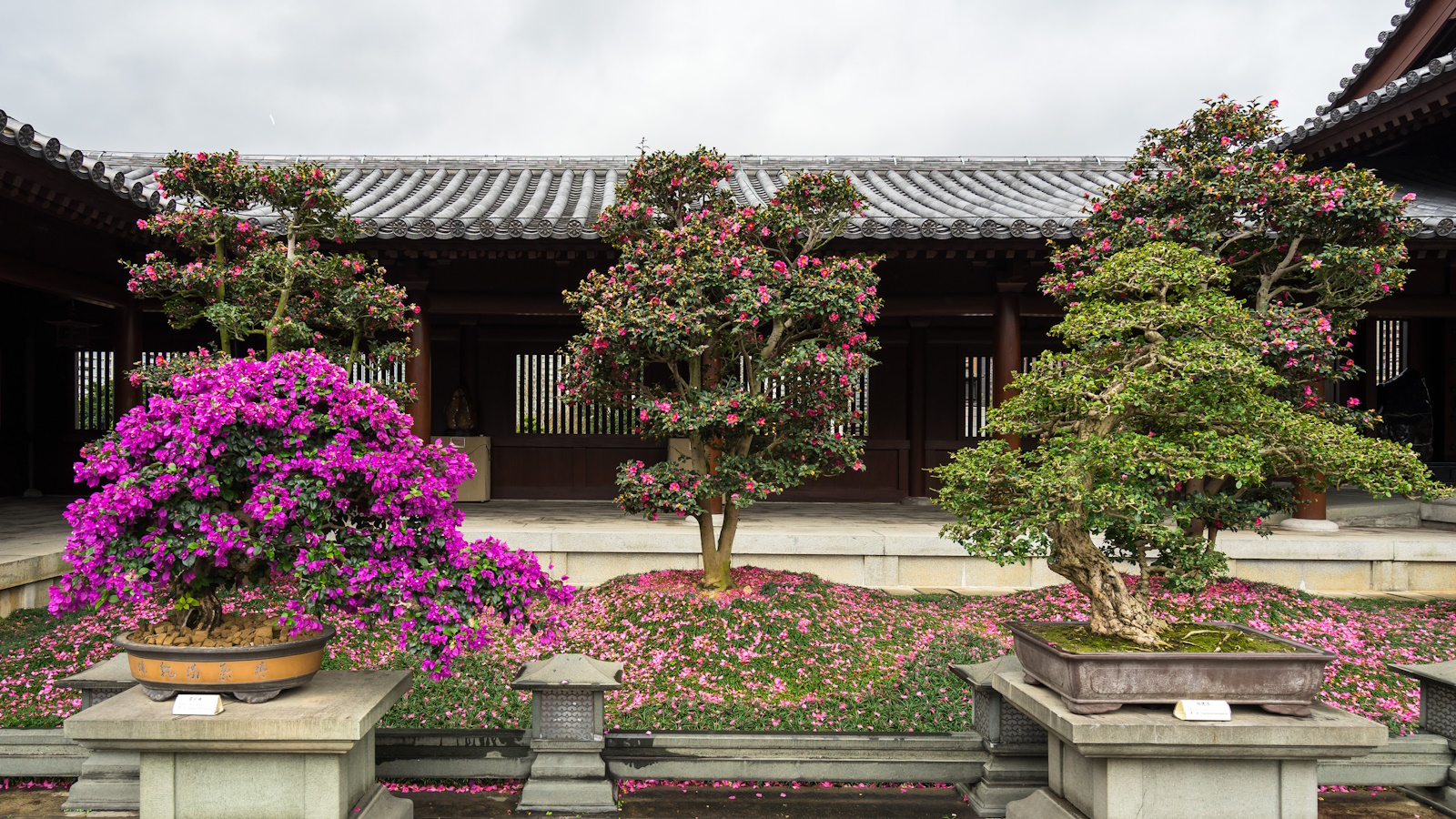

If you want vibrant color in your yard, bougainvilleas are a great option. These tropical plants are easily recognizable for their vivid, showy flowers that can vine and fill garden walls and fences during spring and summer.
You might be surprised to learn that bougainvilleas are not just climbing plants, but can also be grown as bonsai trees. Growing shrubs or trees in miniature form - the art of bonsai - is a traditional Japanese technique with remarkable results. Bonsai care might seem intimidating, and it certainly does require both skill and patience, but by following a few rules, you will not be disappointed.
So, while you might know how to grow bougainvillea in pots, growing and caring for a bonsai tree requires a somewhat different approach. We asked a tropical plant expert to share all the crucial information you need to guarantee success when growing in miniature.
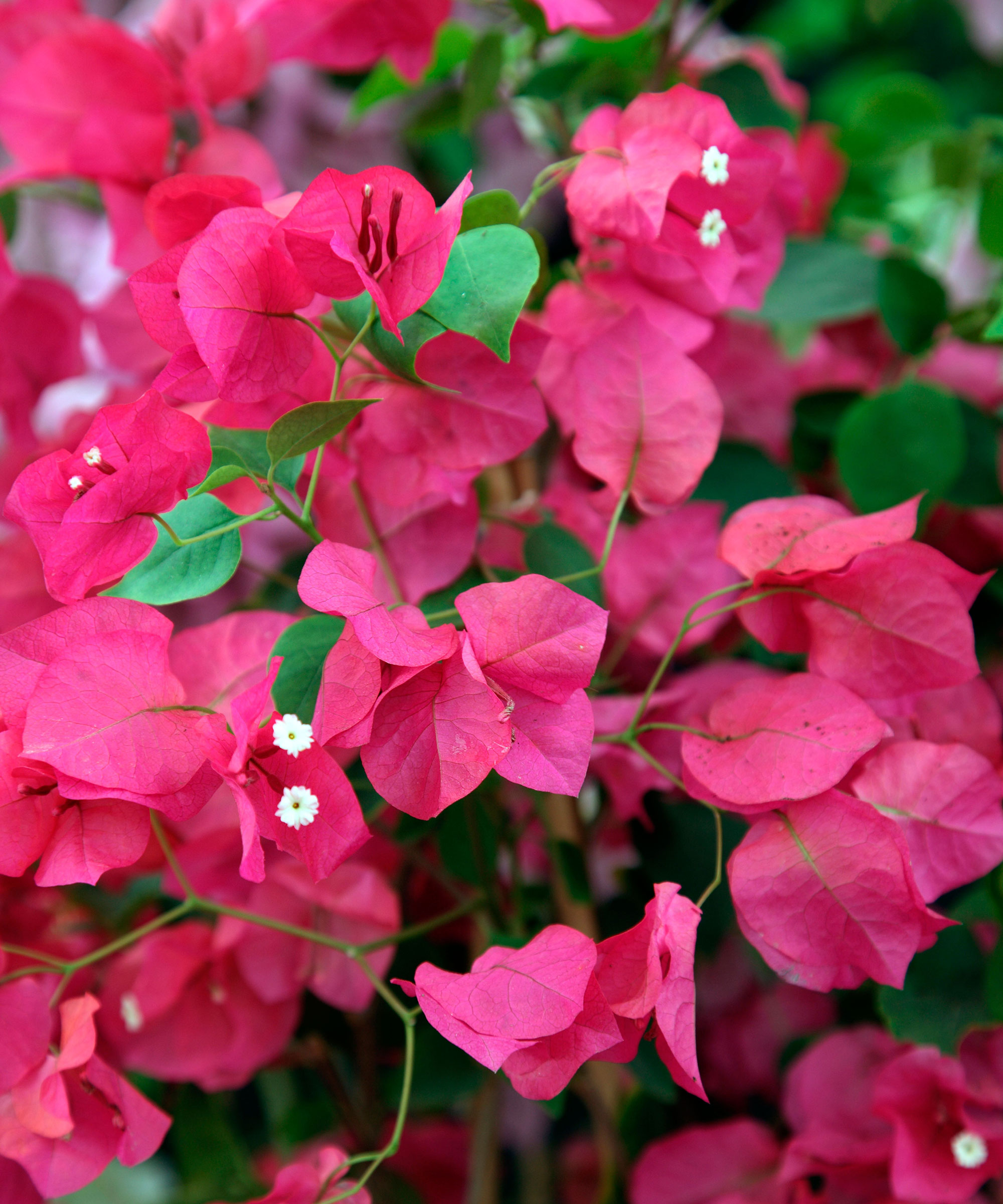
How to grow bougainvillea bonsai trees
Growing in miniature means that any gardener, regardless of which US hardiness zone you reside in, can successfully nurture a bougainvillea plant. This is because smaller pots and plants can be protected and brought indoors during the cold winter months. So, whether you have a small terrace, patio and balcony, follow our guide and learn how to grow and care for bougainvillea bonsai specimens.
How to get started with bougainvillea bonsai trees
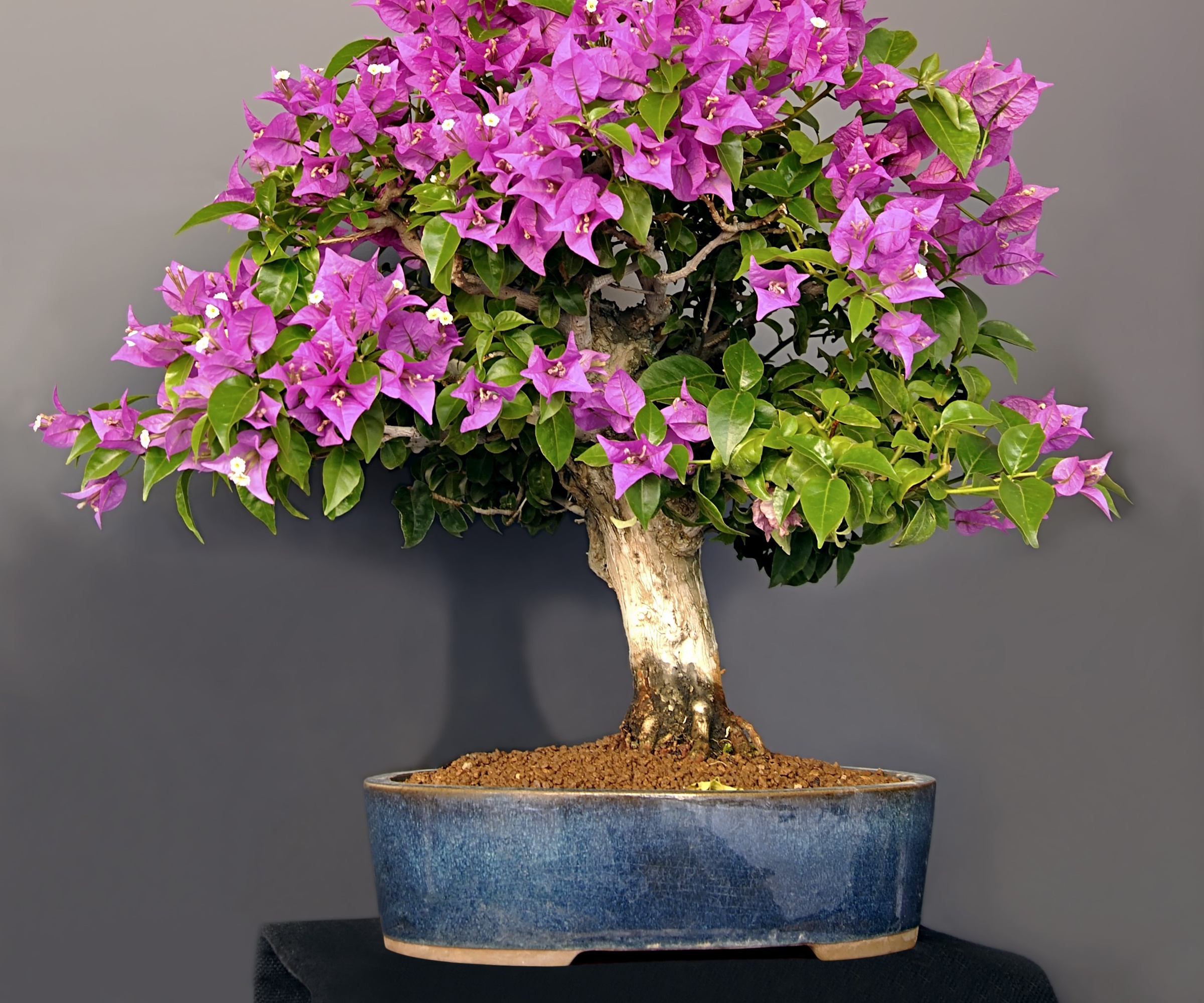
There are many different bonsai tree types, but perhaps none are as colorful as bougainvillea. To get started, the easiest option is to buy a ready-trained bougainvillea bonsai tree, available from Amazon, or, if you are feeling up for a challenge, you can choose to grow your bonsai from a small seedling or plant. Bougainvillea live plants are available from Amazon.
'When growing bougainvillea bonsai trees, I suggest choosing a dwarf variety with smaller leaves and smaller flowers, which will make things easier for you when training your miniature specimen,' says Tatiana Anderson, plant expert and co-founder of Top Tropicals. Tatiana recommends Bougainvillea 'Dwarf Pixie', 'Helen-Johnson', 'Sunvillea Cream', and 'Sunvillea Pink', all of which are dwarf varieties.
'Use a small, shallow bonsai pot with good drainage,' Tatiana adds. 'I recommend using a bonsai soil mix as it provides proper aeration and drainage.' Bonsai ceramic pots are available from Amazon. 'It is best to start with a pot that is 10 to 12 inches in diameter, and as the bonsai plant grows, you can move up to larger pots.
'Place your bougainvillea in a sunny location,' Tatiana says. 'Much the same as bougainvillea climbers, bonsai versions will require plenty of light to thrive and bloom.'
Once your bougainvillea is potted up, patience and pruning are the two key aspects when tending to bonsai trees.
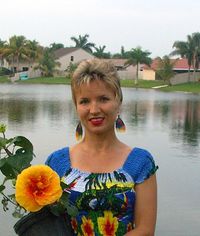
Tatiana Anderson is the co-owner and co-founder of Top Tropicals, based in Fort Myers, Florida. Top Tropicals grow and sell a whole range of flowering and fruiting tropical plants.
Shop bonsai accessories
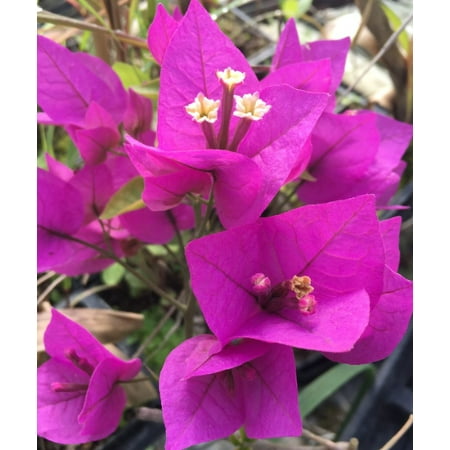
This live bougainvillea plant will eventually produce spectacular purple blooms and can be trained to grow as a bonsai tree in a small pot.
Ongoing care for bougainvillea bonsai trees
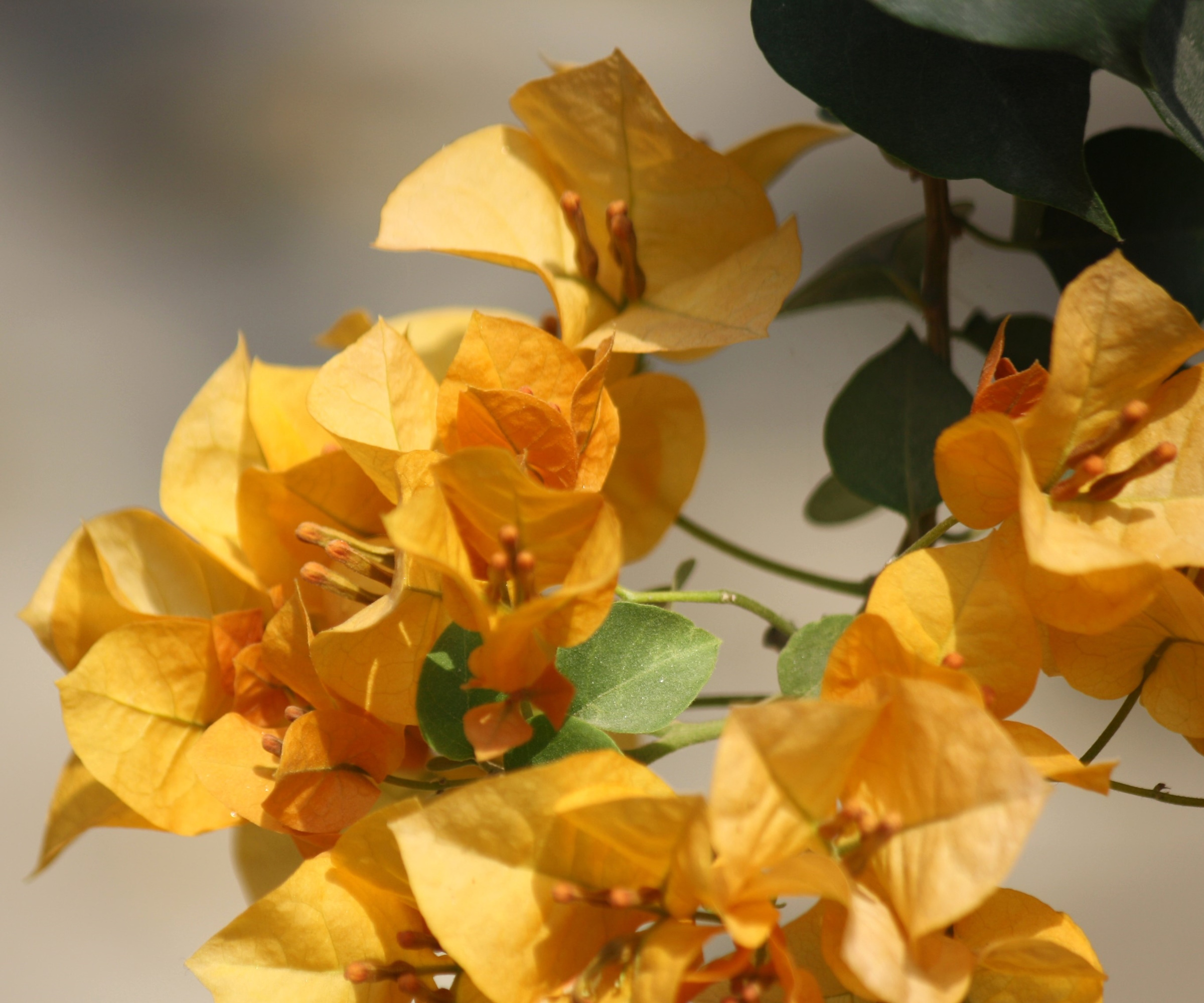
'When training bonsai specimens, it is best to use small canes and bonsai wire, available from Walmart, to shape your small tree,' says Tatiana. Remember that you are trying to create a tree in miniature form, so one leader, or trunk, with a small canopy is the desired result. Over time the central stem will thicken and be able to support horizontal stems without the need for canes.
'It is vital that you regularly prune your bonsai to maintain the shape and size of the tree,' Tatiana says. 'Prune your bougainvillea immediately after any blooms have faded, but you can snip any shoots or new growth that is unwanted throughout the growing season,' Tatiana adds.
It is best to 'repot your bonsai plant every 2 to 3 years, or when the plant becomes root-bound, but choose a pot only slightly larger than the current one, as bougainvilleas prefer to be somewhat root-bound.'
Be sure to water your bougainvillea throughout the spring and summer when the top inch of soil is dry. Your pot must have drainage holes to prevent waterlogging. Fertilize bougainvillea bonsai trees with a bougainvillea fertilizer, available from Amazon, every 4-6 weeks during the growing season.
In cooler regions, such as US hardiness zone 5, be sure to protect bougainvillea bonsai trees during the winter months, bringing the pot indoors or storing it in a heated greenhouse.

These Japanese bonsai snips are made of carbon steel and are ideal for general shaping and pruning. They are easy to use for bonsai beginners.
FAQs
Can I keep a bougainvillea bonsai tree indoors all year round?
Yes, it is possible to grow a bougainvillea plant indoors all year round. However, bougainvillea plants can suffer from pest attacks when grown indoors in humid environments, so be sure to regularly inspect your plants. If possible, move your bougainvillea outdoors for the summer, as they will benefit from direct sunshine and fresh air.
Growing bougainvillea bonsai trees is a long-term project, but with the right approach, you will eventually enjoy your very own miniature tree sculpture. For more information on growing in miniature, see our guide to the art of bonsai and growing for mental well-being.
Sign up to the Homes & Gardens newsletter
Design expertise in your inbox – from inspiring decorating ideas and beautiful celebrity homes to practical gardening advice and shopping round-ups.

Thomas is a Content Editor within the Gardens Team at Homes and Gardens. He has worked as a professional gardener for both public spaces and private estates, specializing in productive gardening, growing food and flowers. Trained in Horticulture at the Garden Museum, he has written on gardening and garden history for various publications, including The English Garden, Gardens Illustrated, Hortus, The London Gardener and Bloom. He has co-authored a Lonely Planet travel book, The Tree Atlas, due out in 2024.
-
 6 things you should never throw in the trash – and what to do for safe disposal instead
6 things you should never throw in the trash – and what to do for safe disposal insteadFrom batteries to space heaters, experts reveal what not to throw
By Andy van Terheyden Published
-
 Worst-smelling plants to avoid – experts reveal 5 pungent species and suggest perfumed options to grow instead
Worst-smelling plants to avoid – experts reveal 5 pungent species and suggest perfumed options to grow insteadThese are some of the worst-smelling plants that can cause quite a stink
By Thomas Rutter Published
-
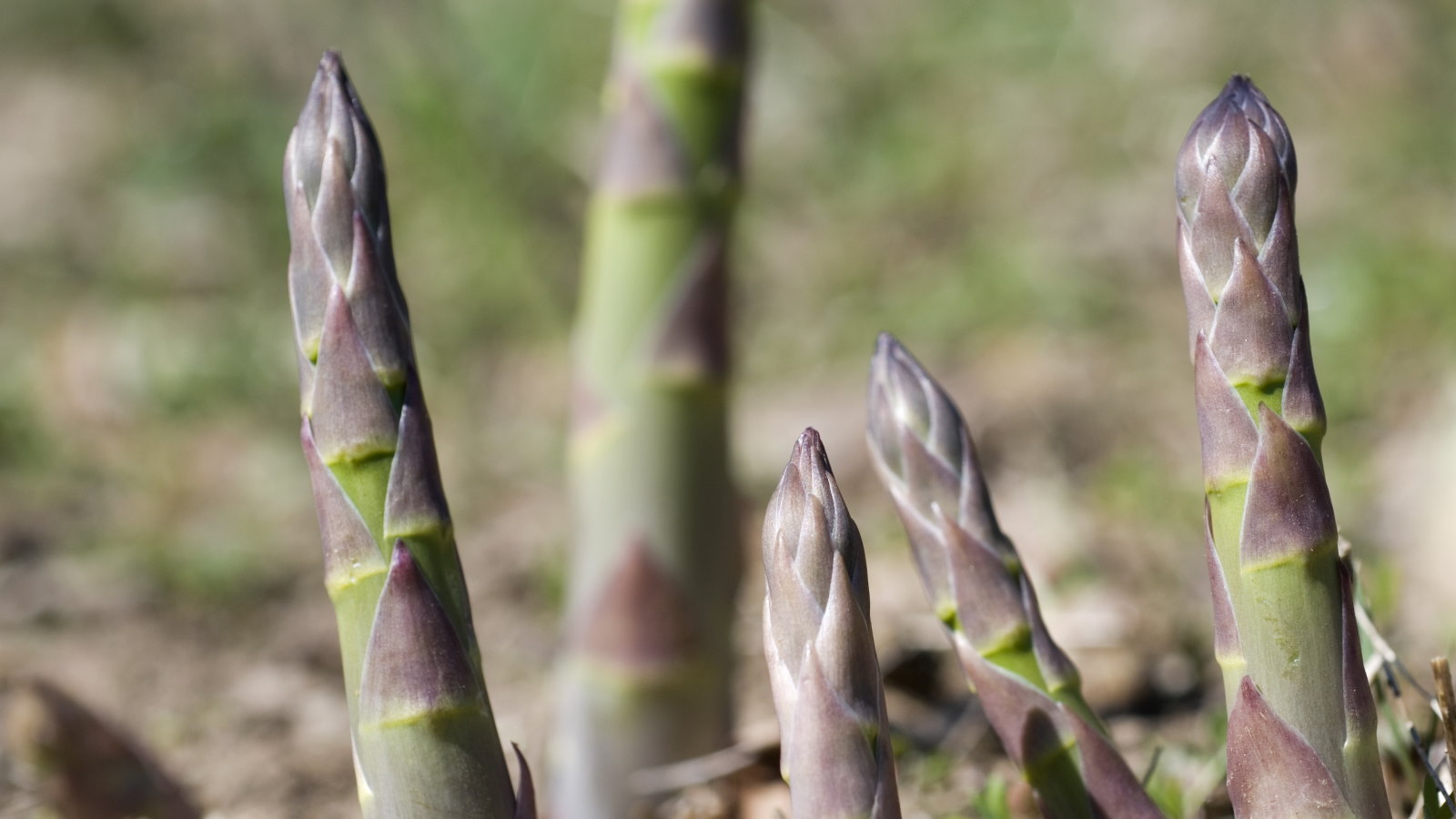 When and how to divide asparagus – expert tips to rejuvenate older plants for better yields
When and how to divide asparagus – expert tips to rejuvenate older plants for better yieldsDividing asparagus crowns is simple and rewarding, but you must get the timing right
By Drew Swainston Published
-
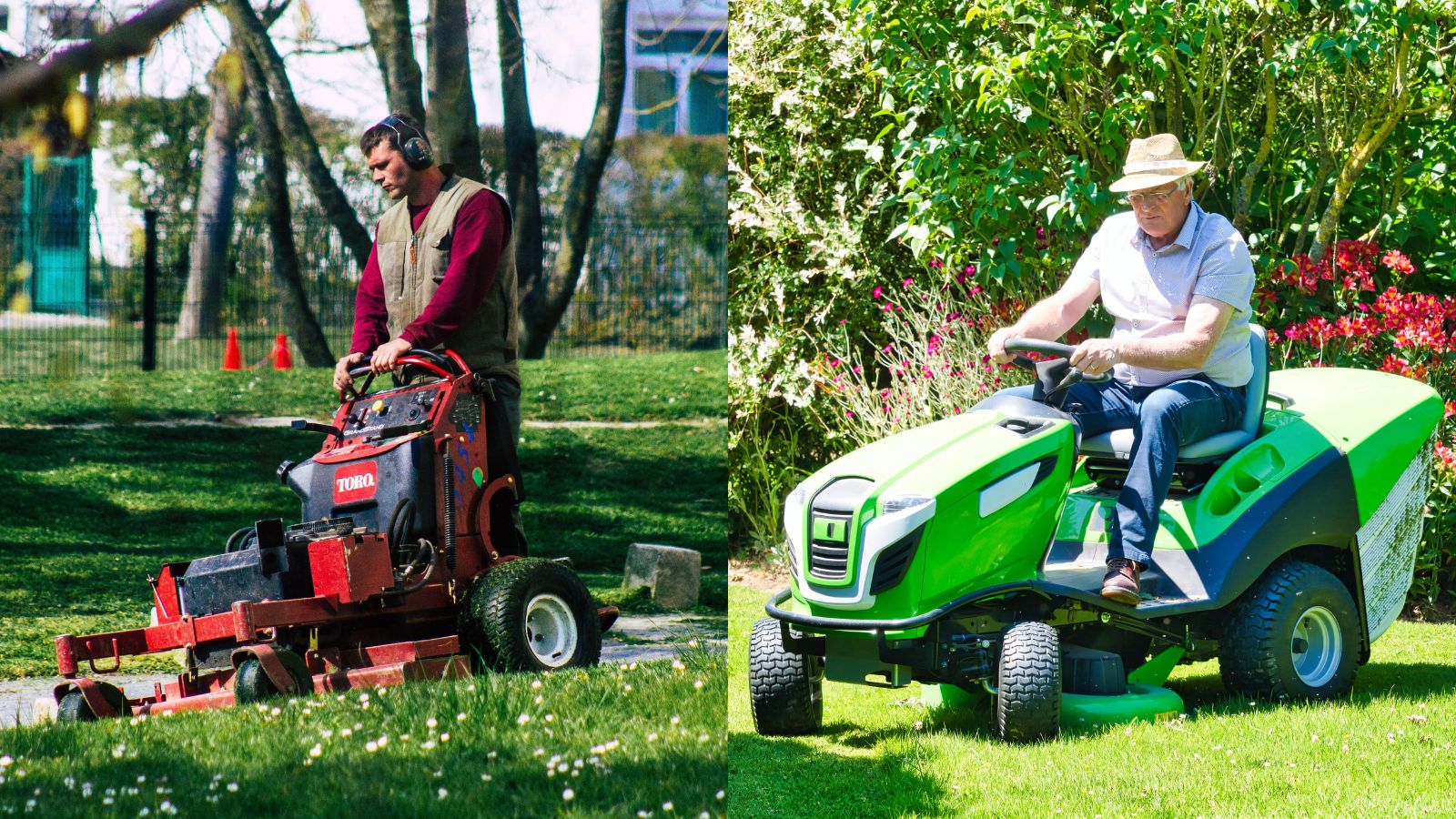 Standing mowers vs riding mowers – a mowing expert reveals which is best
Standing mowers vs riding mowers – a mowing expert reveals which is bestStanding mowers vs riding mowers is a heated debate among landscapers. I spoke to a landscaping expert to find out if standing mowers really are the best
By Alex David Published
-
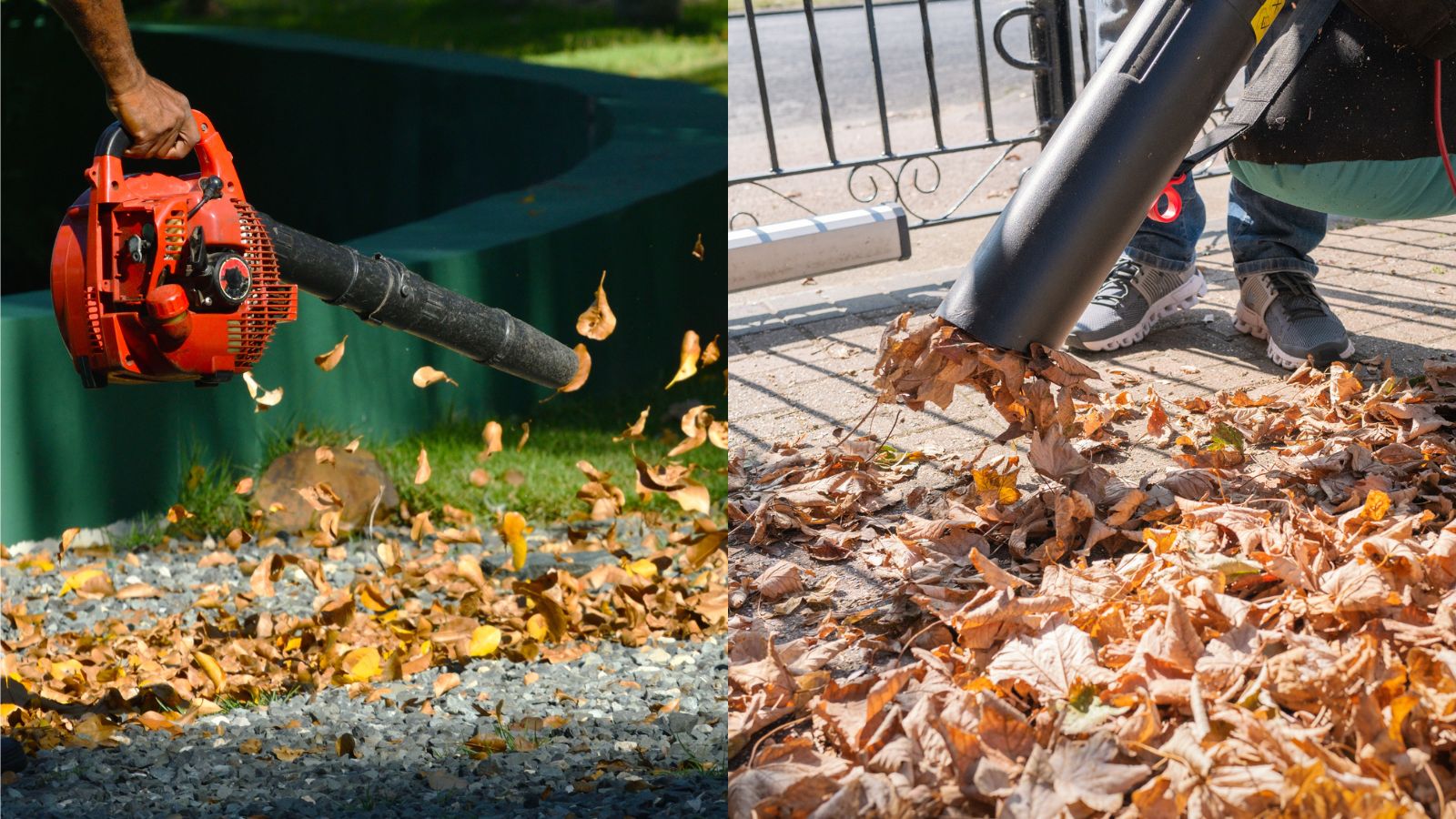 Leaf blowers vs leaf vacuums – which is best for your yard, and should you bother with either?
Leaf blowers vs leaf vacuums – which is best for your yard, and should you bother with either?It's not obvious which is best between leaf blowers v leaf vaccums. As a product tester, this is all you need to know about these controversial yard tools
By Alex David Published
-
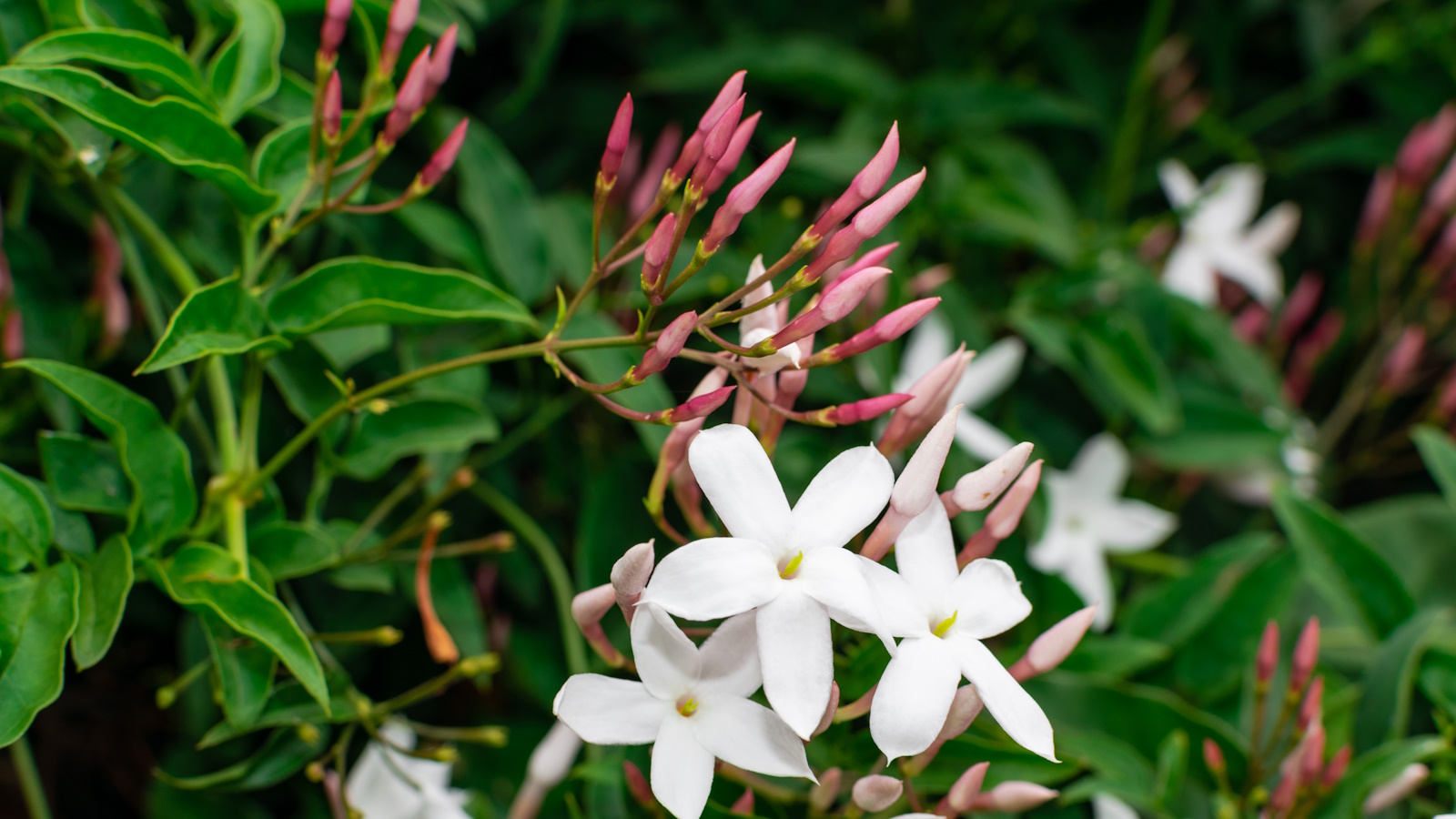 Pruning jasmine in late summer will ensure your plants bloom better than ever next year
Pruning jasmine in late summer will ensure your plants bloom better than ever next yearTiming is critical when pruning summer-flowering climbers
By Thomas Rutter Published
-
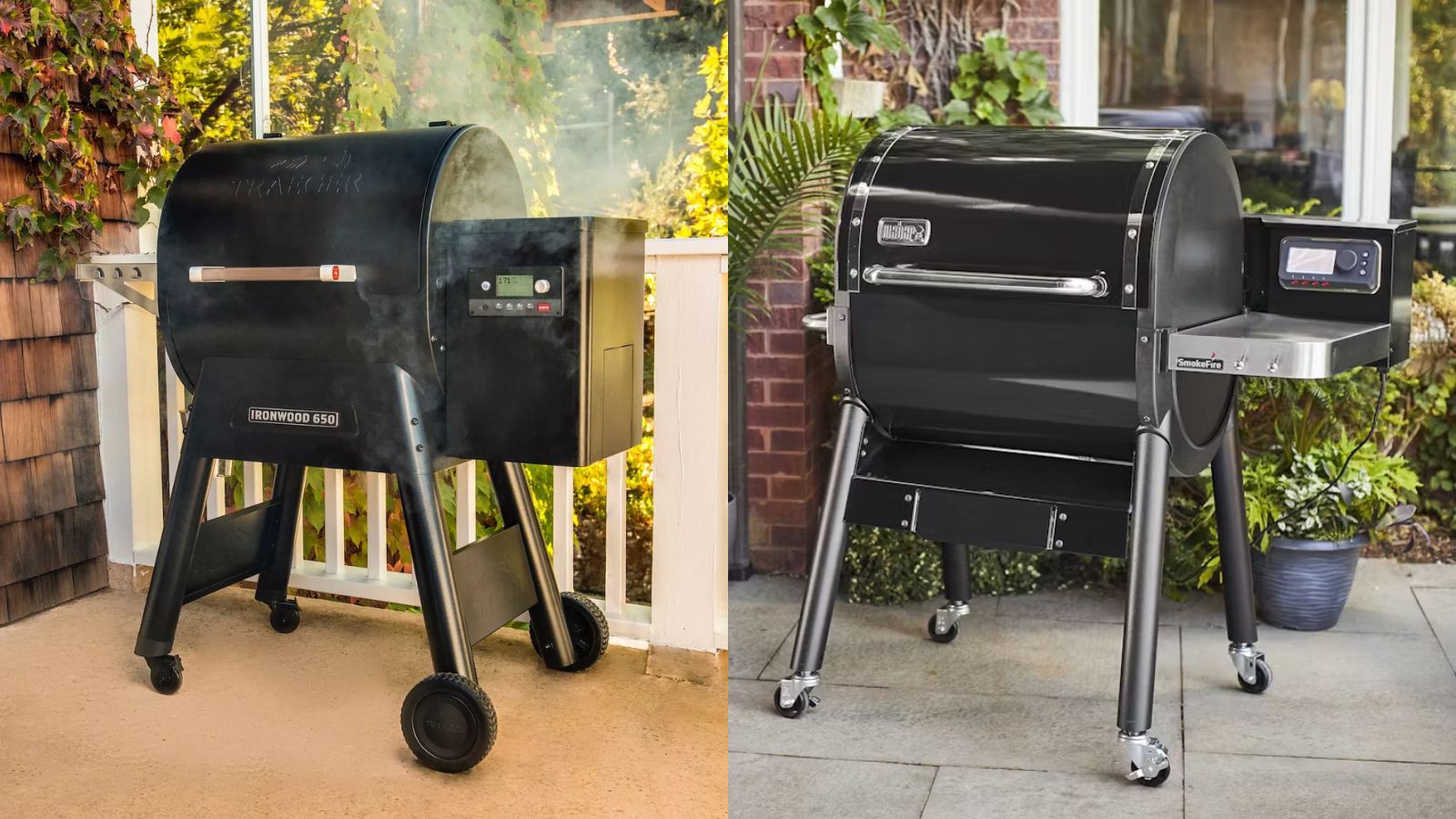 Weber vs Traeger – which pellet grill should I buy? Advice from a product tester
Weber vs Traeger – which pellet grill should I buy? Advice from a product testerThey're two titans of the grilling game, but who comes out on top between Weber vs Traeger? As a product tester, this is all you need to know about the brands
By Alex David Published
-
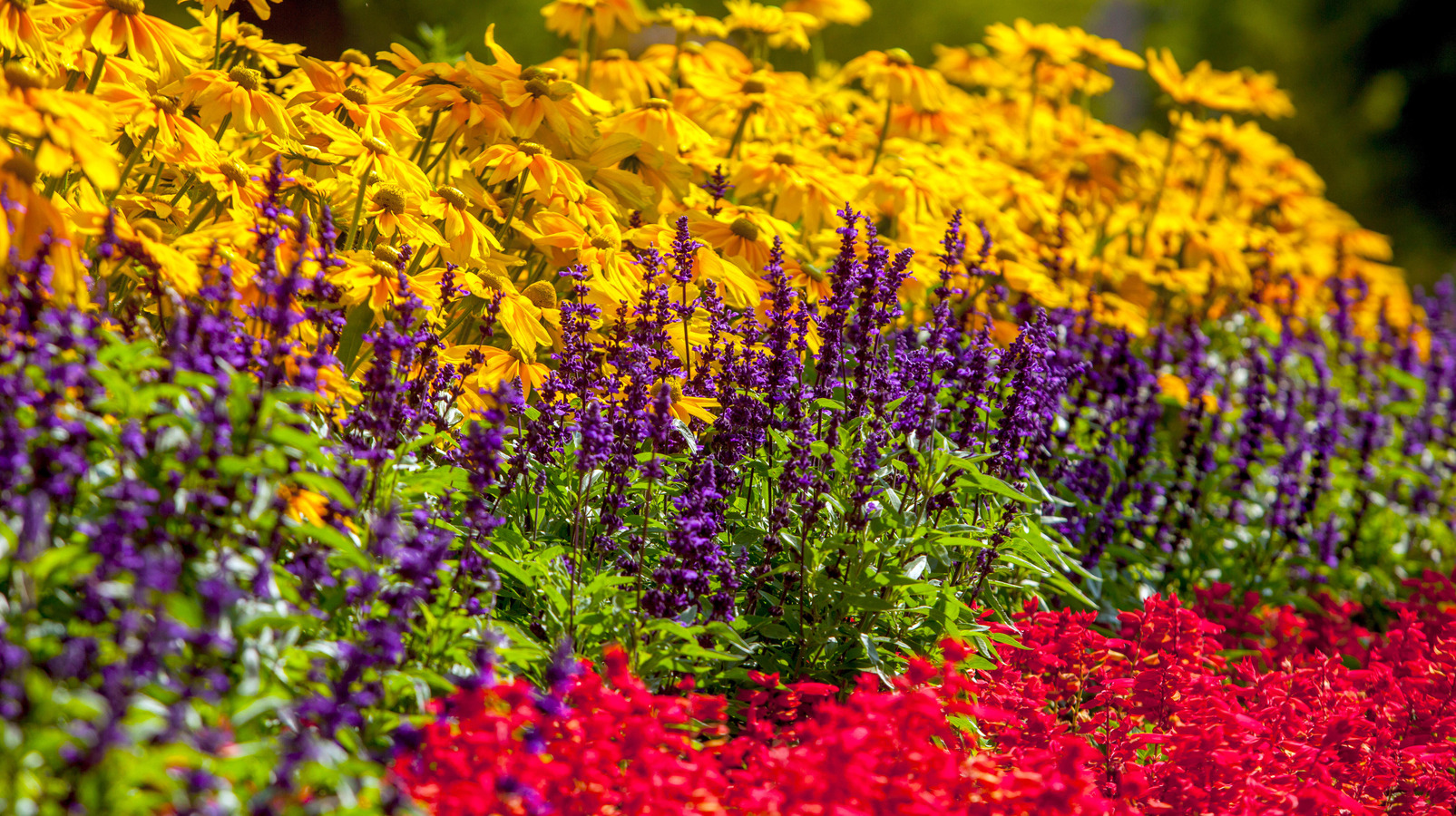 10 low maintenance, drought tolerant plants – for a beautiful and undemanding landscape
10 low maintenance, drought tolerant plants – for a beautiful and undemanding landscapeExpert plant picks for a thriving dry garden, that will make life easier and more colorful
By Jacky Parker Published
-
 How to grow eastern redbuds – the cherished native tree with striking spring blooms
How to grow eastern redbuds – the cherished native tree with striking spring bloomsAdaptable and reliable, eastern redbuds are tough trees that will not disappoint
By Thomas Rutter Published
-
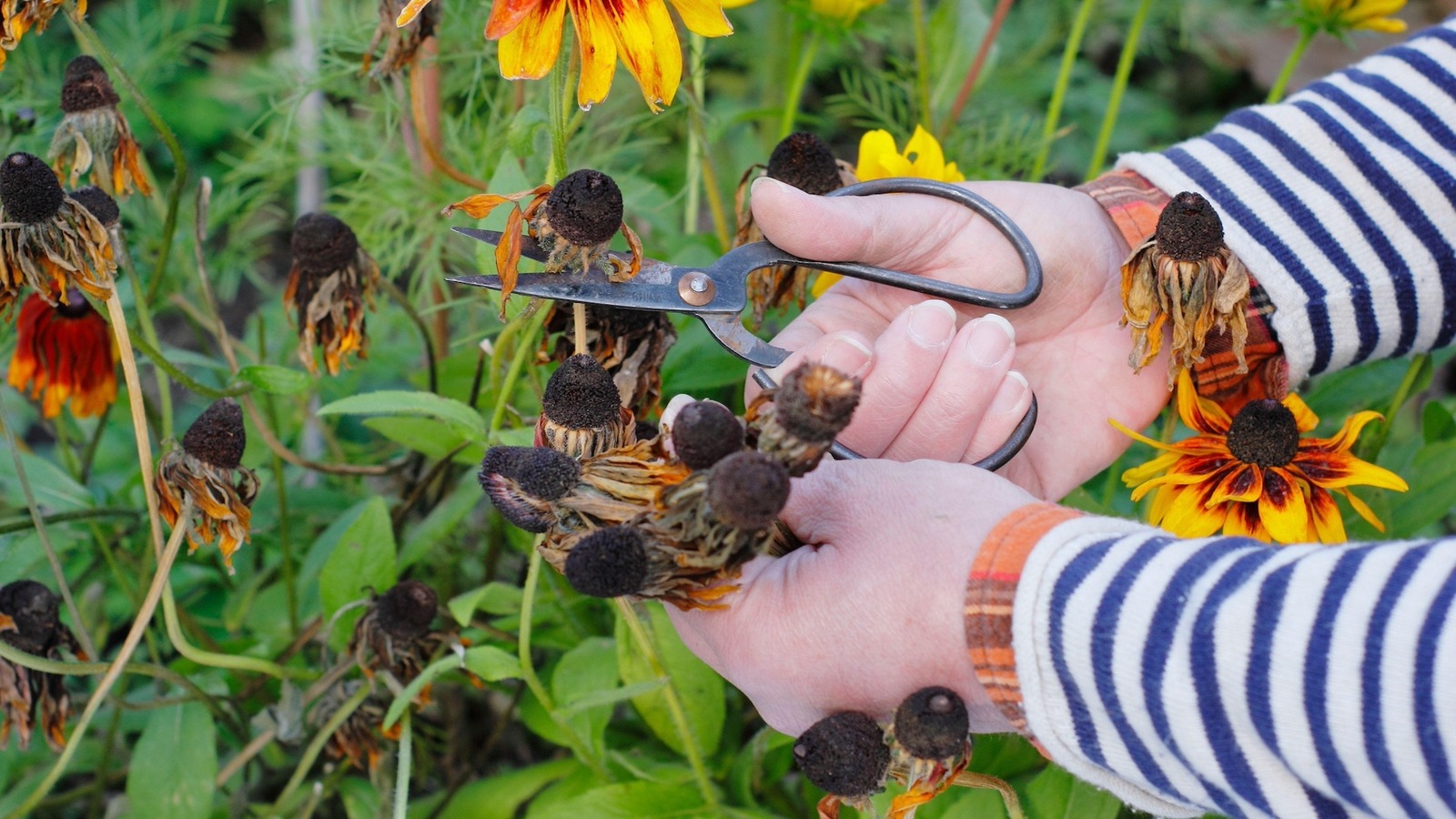 Seed storage mistakes – expert advice to help you avoid costly and accidental errors
Seed storage mistakes – expert advice to help you avoid costly and accidental errors7 expert tips that will guarantee success when you are harvesting and storing seeds
By Jacky Parker Published
